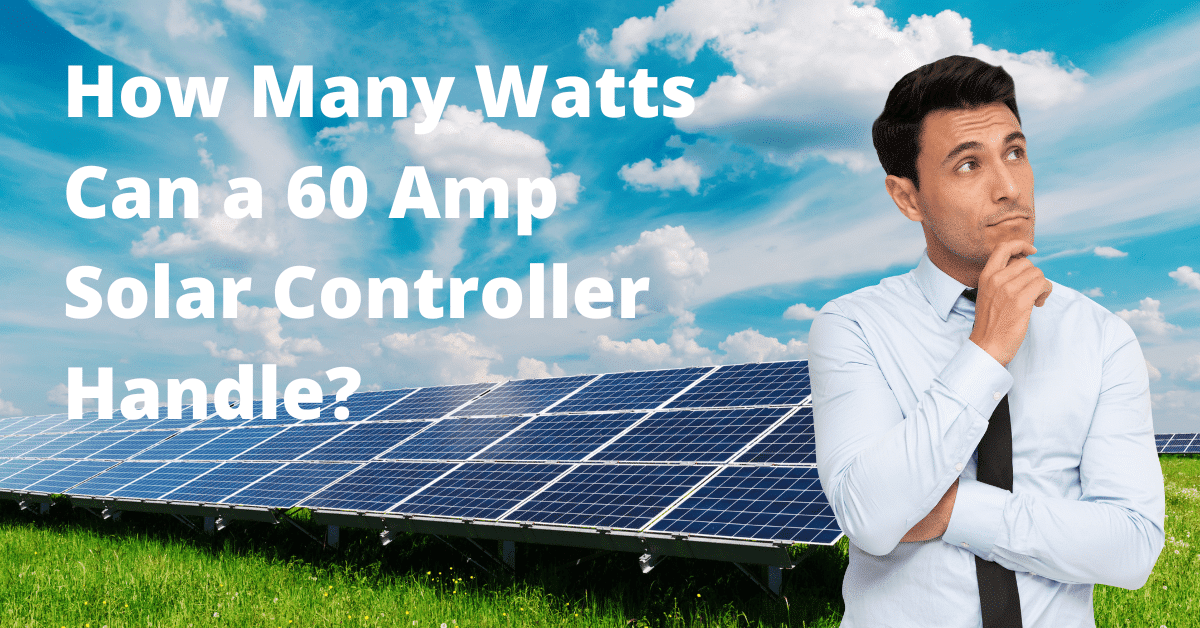Simply put, a 60 amp solar charge controller can handle a maximum of 720 watts at 12 volts, 1440 watts at 24 volts, and 2880 watts at 48 volts. This depends on the voltage of your battery system and the formula: watts = amps x volts.
Here’s a breakdown:
12V systems: 60 amps x 12 volts = 720 watts
24V systems: 60 amps x 24 volts = 1440 watts
48V systems: 60 amps x 48 volts = 2880 watts
But wait, there’s more! These are just estimates. The actual wattage your controller can handle depends on several factors, like:
MPPT vs PWM: MPPT controllers are more efficient and can squeeze out every watt from your solar panels, while PWM controllers often waste some power.
Battery type: Different batteries have different charging requirements.
Temperature and sun conditions: Hot weather can reduce efficiency, cold weather may need a temperature compensation function
So, how do you choose the right 60 amp controller for your needs?
Calculate your total solar panel wattage.
Match the controller voltage to your battery bank (12V, 24V, or 48V).
Consider an MPPT controller for maximum efficiency.
Beyond the Numbers:
A good controller offers more than just wattage handling. Look for features like:
Remote monitoring: Keep track of your system’s performance from anywhere.
Multiple battery types: Charge different battery types like lithium, gel, and AGM.
Protection features: Overcharge, overload, and reverse polarity protection ensure your system’s safety.
More Power for Your Solar Journey:
A 60 amp controller unlocks the potential of medium-sized solar systems. Remember, it’s just one piece of the puzzle. Choose wisely, considering your needs and budget, to maximize your solar power and enjoy a brighter, sustainable future.
Bonus: For a deeper dive, check out our guide on choosing the right solar charge controller. It covers factors like system size, battery type, and budget to help you find the perfect match for your solar dreams
tips: If you plan to expand your system later, choose a higher-wattage controller now to avoid having to upgrade later.
Useful Topics:
How many watts can a 30 amp solar controller handle?
Does a Solar Charge Controller Drain the Battery?
What Size RV Battery will fit my Vehicle?
72V 48V 36V 24V Lead Acid Battery Voltage Chart
What Size Solar Panel to Charge 12V Battery?
Best Solar Battery Charger for Marine Boats
What will a 1500W Inverter Run?
What will a 140W Inverter Run?
What does PV Mean on the Inverter?
Inverter vs Inverter Charger Comparison
How to Replacing RV Converter with Inverter Charger?
How Solar Panel work for street lights?
How Far Between Solar Panels Should Be?
How Solar Panels work for street lights?
What Size Charge Controller for 1200 Watt Panel?
Can you Connect Wind Turbine and Solar Panel to Same Charge Controller?
